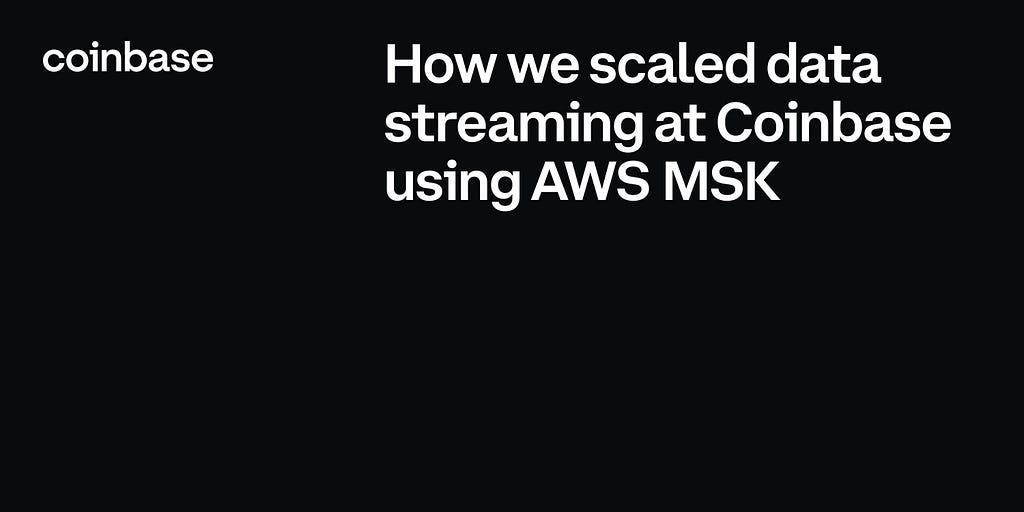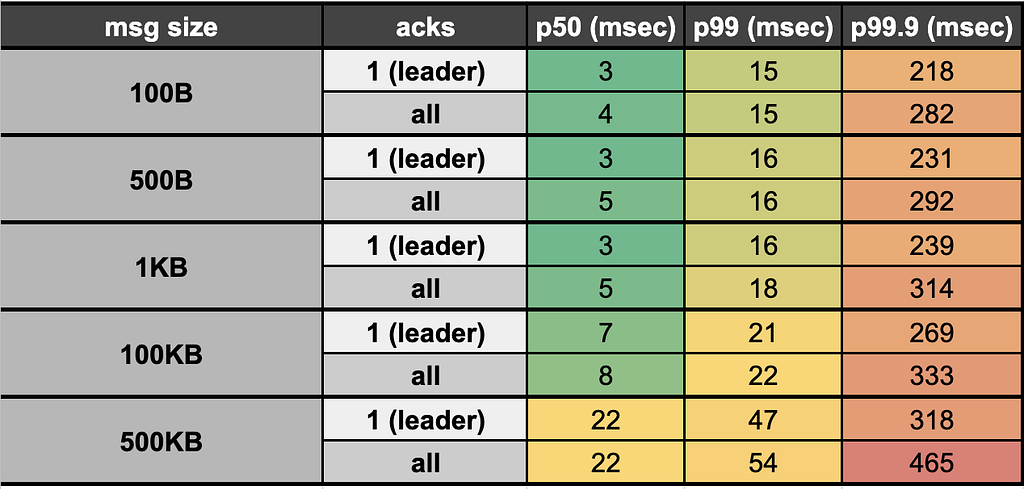
YouTube channels, including Sentdex and Data School, offer in-depth data science and machine learning explorations to enhance data-driven decision-making.
Machine learning is a fascinating and rapidly growing field revolutionizing various industries. If you’re interested in diving into the world of machine learning and developing your skills, YouTube can be an excellent platform to start your learning journey.
Numerous YouTube channels are dedicated to teaching machine learning concepts, algorithms and practical applications. This article will explore seven top YouTube channels that offer high-quality content to help you grasp the fundamentals and advance your machine-learning expertise.
3Blue1Brown
Grant Sanderson’s YouTube channel, 3Blue1Brown, has gained fame for its exceptional ability to elucidate intricate mathematical and machine learning concepts using captivating, intuitive animations.
In math, you can sometimes prove a claim before fully understanding it.
— Grant Sanderson (@3blue1brown) May 11, 2023
But you cannot fully understand a claim without also being able to prove it.
Catering to a wide audience, the channel is widely recognized as a leading resource for mathematics, data science and machine learning topics. Its unique approach to presenting complex subjects has earned it a reputation as one of the finest educational channels in these fields.
Sentdex
Harrison Kinsley’s company, Sentdex, provides a vast library of lessons and guidance on machine learning. The channel focuses on Python programming for machine learning, including subjects like data analysis, deep learning, gaming, finance and natural language processing.
Sentdex is an excellent resource for anyone trying to advance their machine learning knowledge using Python, with clear explanations and useful examples.
Corey Schafer
Although not exclusively devoted to machine learning, Corey Schafer’s YouTube channel includes several great videos on data science and Python programming. His machine learning lessons cover a range of topics, including model training, model evaluation and data pre-processing. Learners can better comprehend the fundamental ideas and practical features of machine learning algorithms thanks to Schafer’s in-depth lectures and coding demonstrations.
Related: How to learn Python with ChatGPT
Siraj Raval
The YouTube channel of Siraj Raval is well known for making difficult machine learning concepts understandable. His enthusiastic and upbeat teaching style makes learning fun and interesting. The channel offers a variety of content, such as walkthroughs of projects, tutorials and discussions on the most recent artificial intelligence (AI) research.
Raval’s channel is ideal for both beginning and seasoned learners wishing to advance their skills because it heavily emphasizes hands-on projects.
Can a customized GPT make profitable sports bets? I built a NodeJS web-app that uses a combination of ChatGPT and Bing to analyze:
— Siraj Raval (@sirajraval) May 16, 2023
1. Historical sports datasets
2. Twitter Sentiment
3. Live betting odds from the Web
Process, code, & results in the video!https://t.co/tdMjv6eklL
StatQuest with Josh Starmer
StatQuest is an exceptional channel for understanding the statistical concepts behind machine learning algorithms. Hosted by Josh Starmer, former assistant professor at the University of North Carolina at Chapel Hill, the channel uses visual explanations and analogies to simplify complex statistical ideas.
By gaining a solid understanding of statistics, viewers can better grasp the working principles of various machine learning models.
Related: 5 emerging trends in deep learning and artificial intelligence
Data School
Kevin Markham’s data science and machine learning tutorials using Python and well-known tools like Scikit-Learn and Pandas are the main focus of Data School. The channel provides extensive playlists that cover machine learning algorithms, data visualization and actual data projects. Learners with little to no prior machine learning experience will benefit from Markham’s well-structured and beginner-friendly teaching style.
DeepLearningAI
Andrew Ng, a renowned AI researcher who established Google Brain, is the founder of DeepLearningAI. The platform has gained immense global popularity through his deep learning specialization on Coursera.
A classic.
— DeepLearning.AI (@DeepLearningAI_) July 24, 2023
Original: Data Science memes on Reddit pic.twitter.com/vdc21pHjLw
The DeepLearningAI channel provides a diverse range of educational content, including video lectures, tutorials, interviews with industry experts, and interactive live Q&A sessions. In addition to being an invaluable learning resource, DeepLearningAI keeps its viewers well-informed about the latest trends in machine learning and deep learning.













